PRODUCT CATEGORIES
-
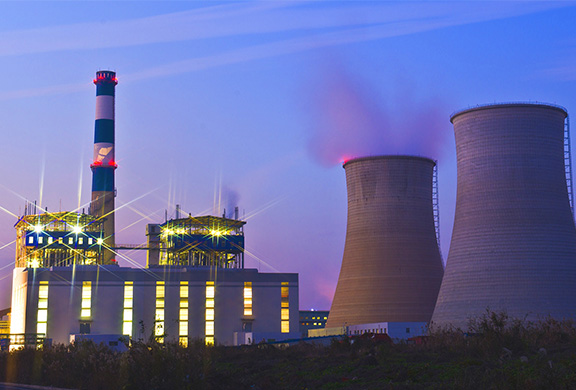 power plant stacks chimney
power plant stacks chimney
-
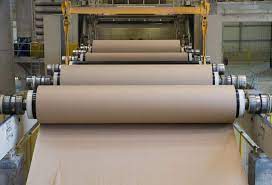 Pulp & Paper stacks chimneys
Pulp & Paper stacks chimneys
-
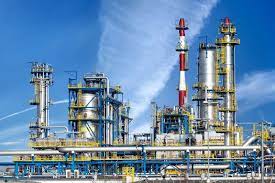 Petrochemicals stacks chimneys
Petrochemicals stacks chimneys
-
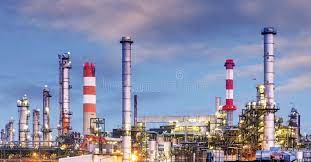 Chemicals Refinery stacks chimneys
Chemicals Refinery stacks chimneys
-
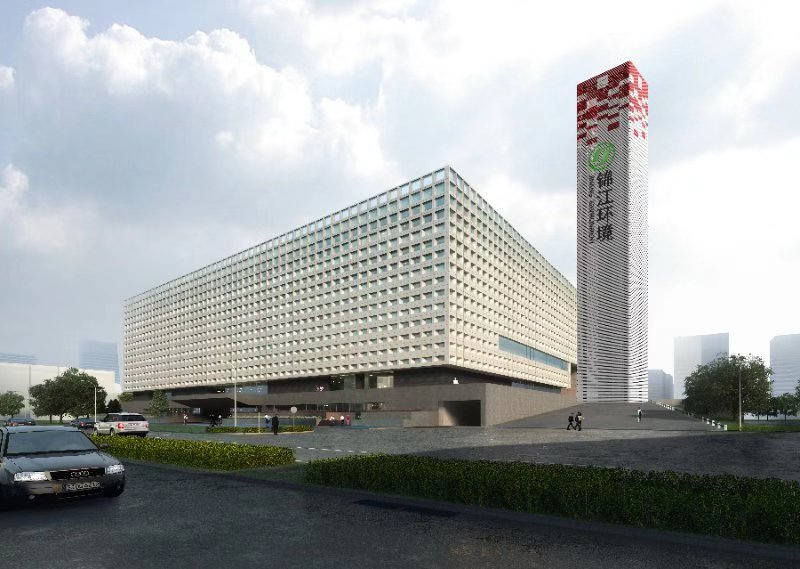 Reclining industry stacks chimneys
Reclining industry stacks chimneys
-
 Food & Beverage stacks chimneys
Food & Beverage stacks chimneys
-
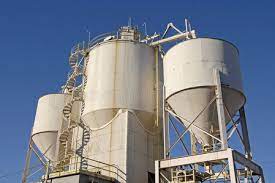 Cement & Lime stacks chimneys
Cement & Lime stacks chimneys
-
 Mining & Minerals stacks chimneys
Mining & Minerals stacks chimneys
-
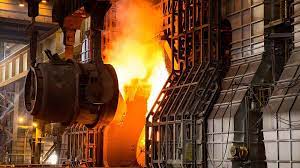 Steel & Metal stacks chimneys
Steel & Metal stacks chimneys
-
 Chimney stacks Decoration
Chimney stacks Decoration
-
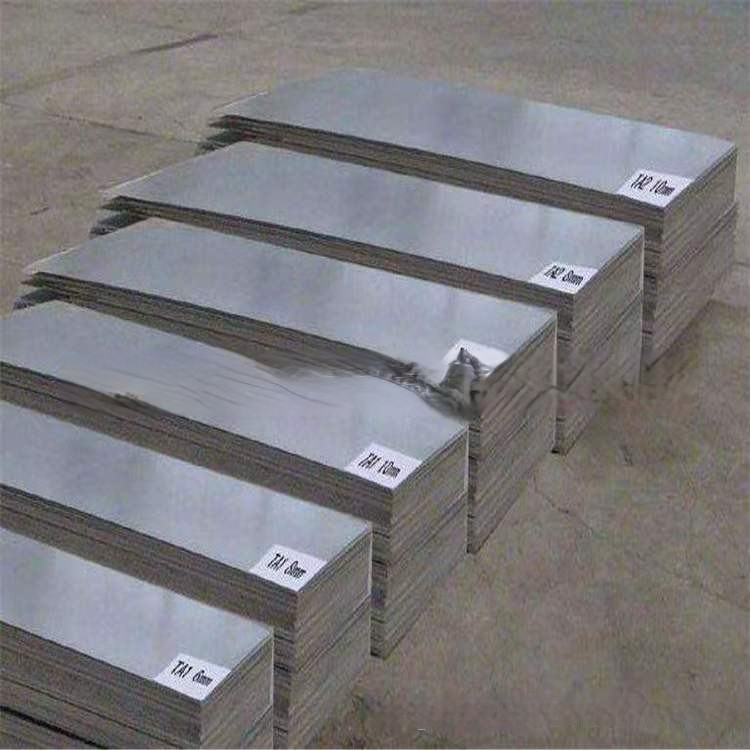 Thin Wall Titanium Clad Steel Plate
Thin Wall Titanium Clad Steel Plate
-
 Stove Fireplace Chimney
Stove Fireplace Chimney
-
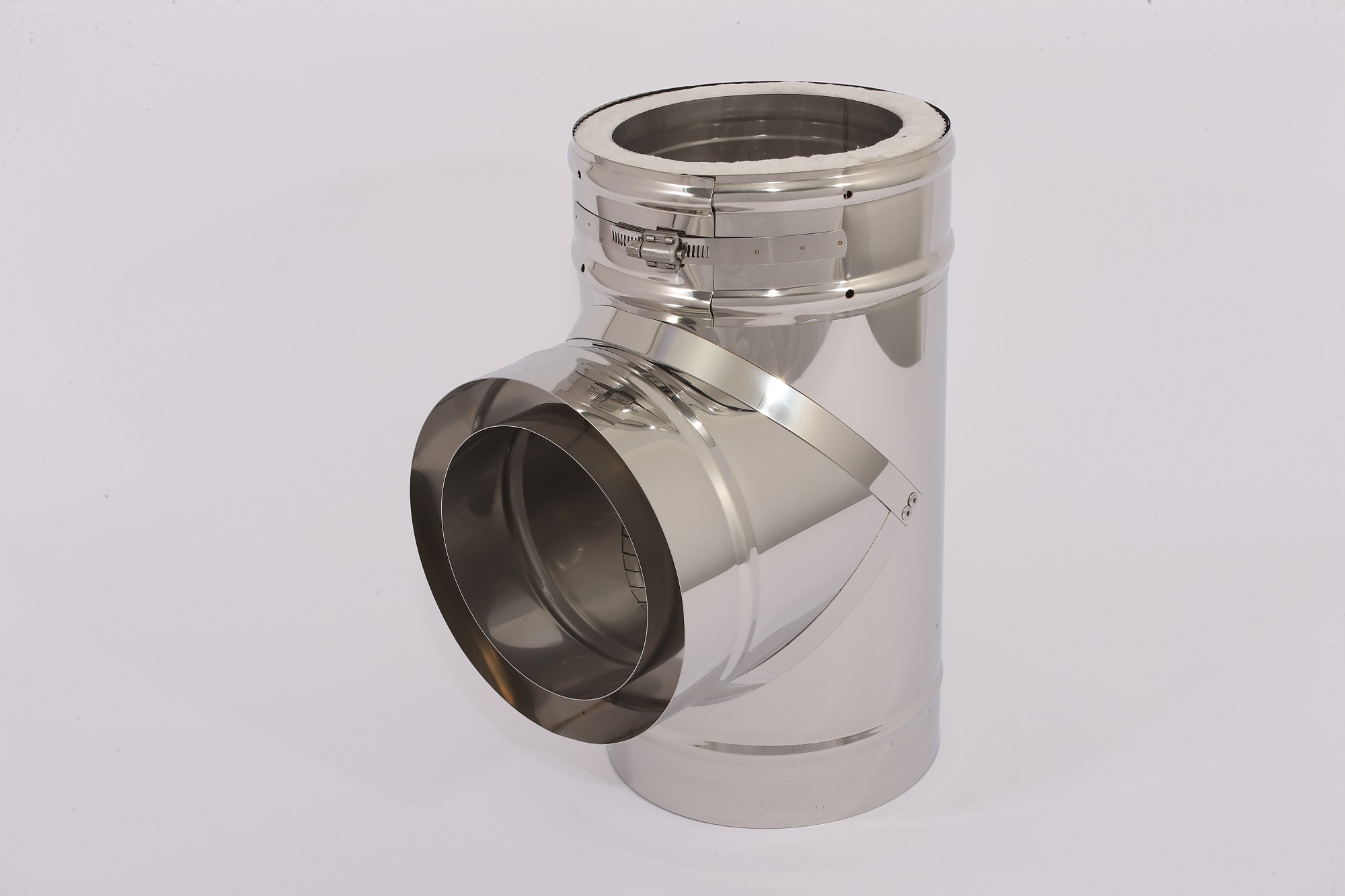 Chimney stacks accessories
Chimney stacks accessories
LATEST NEWS
CONTACT US
Tel:+86 (028)-62561606
Fax :+86 (028)-62561733
Mobile:+86 15881040688
Email: [email protected]
Whatsapp: +86 15881040688
A Deep Dive into Environmental Protection Technologies
A Deep Dive into Environmental Protection Technologies
By: YB chimney
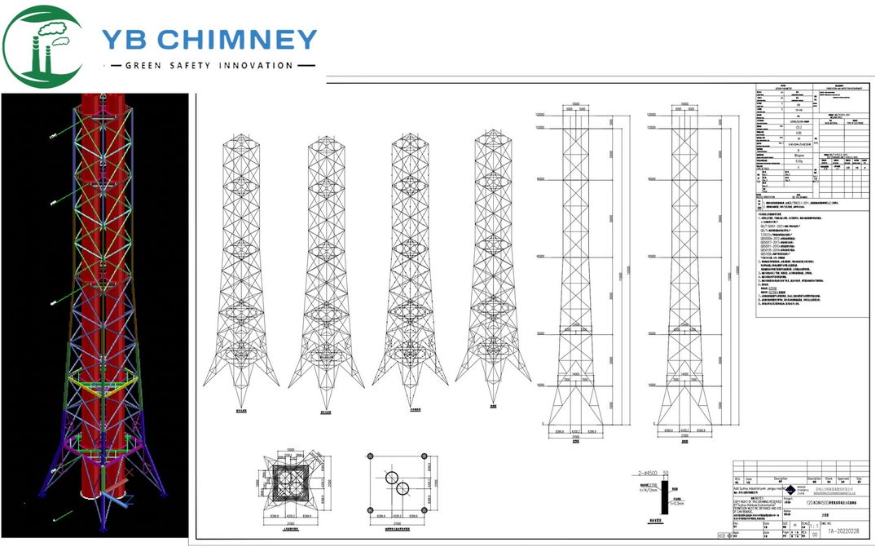
**Evolving Landscape of Environmental Protection Technologies**
The journey of environmental protection technologies began in the 1970s, a period marked by the burgeoning awareness of environmental degradation. Initially, the focus was predominantly on mitigating pollutants such as wastewater and exhaust gases through primarily physical and chemical treatments. As advancements unfolded, the spectrum of environmental protection technologies broadened, encapsulating solutions for wastewater, air pollution, and solid waste management.
Specifically, in China, the seeds of environmental protection technologies were sown in the 1980s. Initially dependent on imported technologies, China's homegrown solutions were somewhat rudimentary. However, the narrative began to shift with China's economic boom, propelling the environmental protection sector into a phase of growth. The post-2000 era witnessed a significant leap towards sophisticated technologies, marking the advent of an array of innovative solutions.
**Anticipated Trajectories in Environmental Protection Technologies**
The trajectory of environmental protection technologies is poised for promising developments, fueled by the escalating environmental concerns. Here are the anticipated directions:
1. **Innovation and Automation**: The march of technology promises to usher in a new era of environmental protection solutions characterized by greater intelligence and automation, tailored to diverse treatment requirements.
2. **Sectoral Evolution**: Intense competition is driving the environmental protection sector towards innovation and quality enhancement. Future enterprises are expected to focus on strengthening technological capabilities and brand establishment, aiming for an elevated product and service spectrum.
3. **Policy-Driven Momentum**: China's robust environmental regulations are set to offer a significant thrust to the sector. Anticipating more supportive policies, enterprises are gearing up to align closely with governmental directives, boosting the development and production of cutting-edge environmental technologies.
**A Glimpse into the Realm of Environmental Protection Technologies**
Environmental protection technologies encompass a broad array of solutions aimed at curbing pollutants such as exhaust gases, wastewater, and waste materials. These technologies are categorized based on their pollutant treatment methodologies and principles, spanning several types:
1. **Water Purification Technologies**: This includes technologies for treating household sewage, industrial effluents, and facilitating seawater desalination, employing methods to transform pollutants into harmless substances.
2. **Air Purification Solutions**: Encompassing technologies for flue gas desulfurization, denitrification, and dust removal, these solutions aim to purify exhaust gases through chemical or physical means.
3. **Solid Waste Management Systems**: These systems are designed for waste incineration, landfill management, and recycling, focusing on the efficient handling and conversion of solid waste.
4. **Ultrasonic Cleaning Devices**: Leveraging sound waves for cleaning, these devices utilize the vibratory energy of high-frequency sound waves for meticulous cleaning applications.
5. **Eco-friendly Material Production Equipment**: This category includes technologies for producing environmentally friendly building materials, plastics, and paper, aimed at minimizing pollution and environmental harm.
**Expansive Application Horizons of Environmental Protection Technologies**
The applicability of environmental protection technologies spans a diverse range of scenarios, addressing various environmental challenges:
1. **Industrial Effluent Management**: Critical for treating hazardous substances in industrial wastewater, ensuring compliance with environmental standards.
2. **Air Quality Enhancement**: Key to addressing urban air pollution through the treatment of vehicle and industrial emissions, contributing to healthier air quality.
3. **Advanced Waste Treatment**: Moving beyond traditional methods to offer sophisticated waste management solutions, mitigating secondary pollution risks.
4. **Water Resource Management**: Essential for monitoring and purifying water resources, safeguarding this vital human necessity against pollution threats.
5. **Renewable Energy Advancements**: Supporting the transition to sustainable energy sources like solar and wind power, reducing dependency on fossil fuels and mitigating environmental impact.
In essence, the scope and significance of environmental protection technologies are vast, heralding a new era of sustainable development and ecological conservation.
